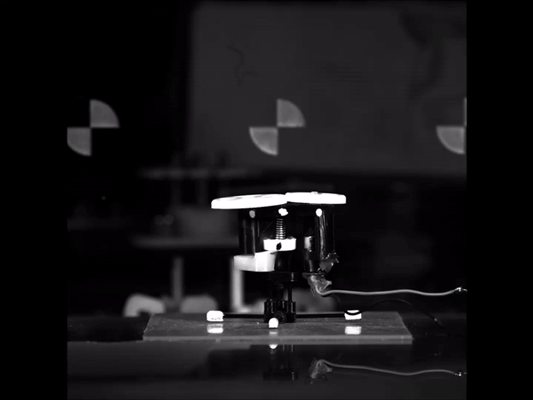Principles
Animals exhibiting ultra-fast motions — for example prey-capture strikes, jumps, or projectile launchings — typically achieve accelerations and velocities that substantially exceed the capabilities of muscle alone. Across the tree of life, organisms such as trap-jaw ants, mantis shrimp, fleas, ballistospores, carnivorous plants and many other systems leverage latch-mediated spring actuation (LaMSA) to overcome the mechanical power limits of the energy source. LaMSA enables a physical and temporal separation between slow, low mechanical power spring loading and fast, high mechanical power spring unloading. Many engineered devices, old and new, also use LaMSA to overcome common limitations of traditional motors. Examples range from archery bows to jumping robots. While biological and engineered LaMSA examples may appear quite different, they are grounded in a common set of underlying principles. Advancing the understanding of these principles is critical for navigating the complex, multidisciplinary space of LaMSA. These principles encourage and inform biological discovery while also catalyzing advanced technologies that are repeated-use, efficient, and robust for diverse uses and environments.
- The underlying principles of LaMSA are grounded in the components that enable LaMSA function:
- Actuators (e.g. muscles, motors, turgor pressure) are the energy sources that load mechanical energy into springs.
- Springs (e.g. elastic structures, metamaterials) are broadly defined as the mechanisms that store and release elastic energy.
- Latches (e.g. physical contact, fluidics, geometric latches) enable elastic potential energy storage in the spring and then mediate the transformation of elastic potential energy to kinetic energy.
- Control (e.g., latch removal (release), loading the spring (loading)) of LaMSA includes loading the potential energy to the spring prior to the impulsive behavior, and mediate the release of latch in order to achieve the specific objectives (e.g. catching a prey, running away).
